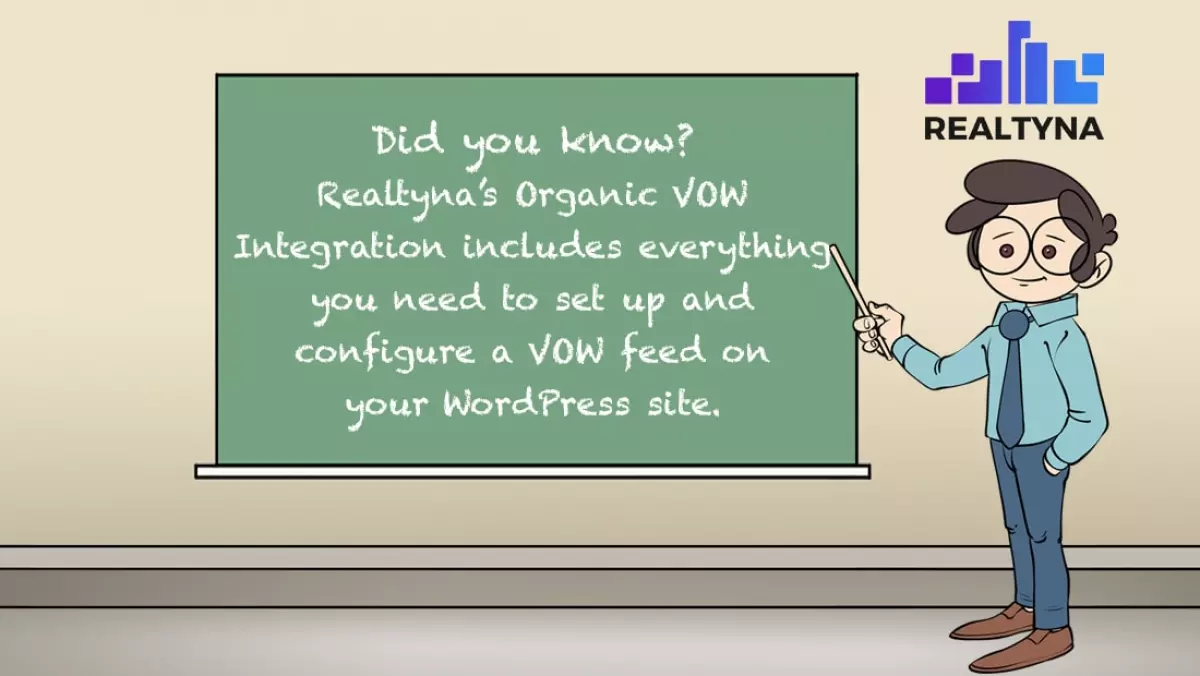The real estate industry is constantly evolving, and as agents and brokers, it's crucial to stay up-to-date with the latest tools and technologies. One such tool that remains the bedrock of the industry is the Internet Data Exchange (IDX) Feed. In this article, we will delve deeper into understanding what an IDX feed is and why it is essential for your real estate website.
What is an IDX Feed?
An IDX feed is a data connection that facilitates the transfer of listings data between a real estate agent's website and a Multiple Listing Service (MLS). It ensures that the listings on your website are constantly updated as properties come on or off the market. In simpler terms, whenever you search for properties online, the search results you see are powered by an IDX feed.
 Image: An illustration of an IDX feed connection.
Image: An illustration of an IDX feed connection.
Why Do You Need IDX Feed on Your Real Estate Website?
The importance of an IDX feed in the real estate industry cannot be overstated. In fact, there is an entire industry dedicated to building and servicing IDX feeds. With more and more real estate activities being conducted online, the demand for IDX feeds has skyrocketed.
While the real estate industry has seen significant advancements in terms of sleek website designs and modern features, the technology behind IDX feeds has remained largely unchanged. This is partly due to the stability of data transfer technologies and the guidelines set by the Real Estate Standards Organization (RESO).
However, despite its unchanged appearance, an IDX feed allows MLS members to seamlessly integrate real estate listings into their websites without any hassle. The most commonly used types of IDX feeds in 2021 are RETS and VOW.
What Is a RETS Feed?
A RETS feed stands for Real Estate Transaction Standard feed. It is a personalized raw data connection between your website and your MLS, allowing you to import property listings and display them on your website. The distinguishing feature of RETS is that it provides raw data, which requires software to interpret.
One of the major benefits of a RETS feed is the ability to customize your property search. If your business specializes in a specific property type or a particular city/community, you can tailor your feed to display only the properties you need. Additionally, the raw data provided by RETS empowers you to create strong SEO content, as search engines can index the listings on your website.
What is a VOW Feed?
A VOW feed, or Virtual Office Website feed, is another type of data connection between your website and your MLS. It allows you to import and display VOW data, including off-market listings. Homebuyers today are increasingly seeking more data and statistics to support their buying decisions, and a VOW feed helps agents provide comprehensive market information online.
Unlike RETS, which includes active listings only, VOW feeds can include expired listings, sold listings, sales history, list prices, price changes, days on the market, and more. It offers deeper insights into the real estate market, giving potential buyers more information to make informed decisions.
IDX vs. RETS vs. VOW, What Is The Difference?
To sum it up, IDX and RETS are real estate data feeds that primarily provide active listings, whereas VOW also includes some off-market listings. Choosing between IDX, RETS, and VOW depends on your business model and preferences.
It's crucial to note that both VOW and RETS provide SEO advantages over many IDX technologies, so consider your SEO strategy when making a decision.
Now that you have a better understanding of IDX feeds, you can leverage this powerful tool to enhance your real estate website. If you have any questions or if we missed explaining something, feel free to leave a comment or contact us for further assistance.
Caption: An illustration of an IDX feed connection

















